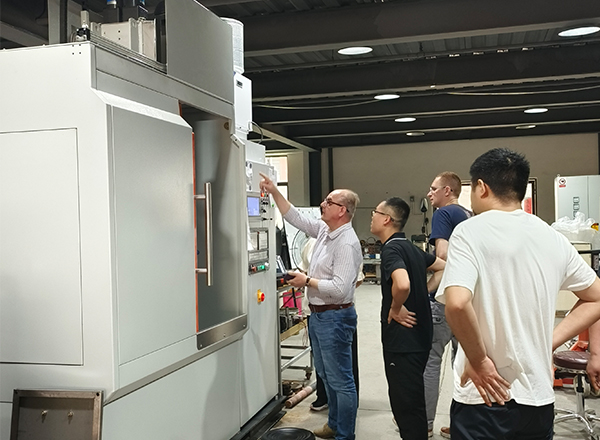
Optical cable communication technology has brought vigorous development opportunities to the communication field, and optical technology has begun to permeate the entire communication network. The demand for optical cables is very large. The use of new processes and new technologies in the manufacture of optical cables has great economic and social benefits for reducing product costs, improving product quality, and ensuring user requirements. The production method of the optical cable is the injection molding method of the optical cable ladle, and the high-frequency induction annealing equipment is used for heating and injection molding.
Strict requirements on the water seepage performance of optical cables are an important performance index, and steel ladle structure optical cables are prone to water seepage at the lap joints of steel belts. Traditional production is to use hot-melt casting, so that the laps of the steel strips are completely bonded to prevent water seepage. However, there are some problems in the traditional production method. For example, insufficient glue addition will cause water seepage, and excessive glue addition will cause bagging when the sheath is extruded. Therefore, it is difficult to artificially control the amount of glue added. In addition, the polyester film on the surface of the steel strip is not firmly bonded and accumulates at the core, which will cause the sheath to be out of the package. The production of optical cables adopts the new technology of high-frequency induction heating. When the steel strip is heated by high-frequency induction, the polyester film on the surface of the steel strip is heated and melted, and the steel strip at the lap joint is bonded with its own polyester film to achieve the water-blocking effect of the lap joint of the steel strip. . Bonding directly through the outer sheath or polyester film not only increases the bonding strength between the steel tape and the outer sheath, but also removes the steel tape coating of the steel-clad optical cable, and the problem of hot melt adhesive out of the bag, which completely solves the water seepage of the optical cable question.
Advantages of high frequency induction annealing equipment
1. High-frequency induction heating is more cost-effective than hot-melt adhesive
2. Increased yield, basically no waste.
3. It saves a lot of electricity than hot melt glue
4. Easy to operate
5. Energy saving and environmental protection
6. The peeling degree of the sheath is significantly smaller
Other applications of high frequency induction annealing equipment
1. Quenching of various gears, sprockets and shafts
2. Quenching treatment of machine tool bed guide rails in the machine tool industry
3. Hot heading of various high-strength bolts and nuts
4. Welding of various hard alloy cutter heads and saw blades
5. Welding of various picks, drill bits, drill pipes, coal drill bits, drill bits and other mining accessories.
6. High-frequency quenching for the plunger of the plunger pump, the rotor of the rotor pump, the reversing shaft of various valves, and the gear of the gear pump.




 en
en  cn
cn  jp
jp  ko
ko  de
de  es
es  it
it  ru
ru  pt
pt  vi
vi  th
th  pl
pl 



















